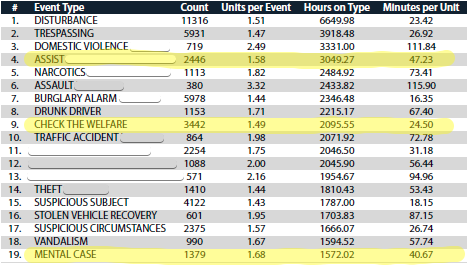Reduced staffing, budget cuts, personnel shortages… these are all terms floating around police command staff meetings these days. The writing on the wall indicates that there will be no new funding allocated toward police in the near future. Any federal money poured into Community Policing won’t materialize for a few years. Next year’s budgets are being negotiated and set, which include hiring freezes and even sworn layoffs. Police have always dealt with the “do more with less” mantra, but that is more real now than ever.
So, how can police departments maximize efficiency with minimal cost? Some of those answers lie in technology. There have been great technological advances that have helped departments run leaner and more efficient, such as online reporting and virtual police response. When there is no evidence to collect, no witnesses to canvas and interview, and no threat to mitigate, these pieces of technology allow officers more time for the calls that require an on-scene presence.
Many police agencies have already deployed these technological advances and still find the amount of time needed to maintain service has exceeded their capacity. Random or disproportional staffing is not going to cut it. Police need to squeeze every ounce of efficiency from their patrol operations so they don’t have to sacrifice their level of service or the community’s expectations.
To accomplish this, agencies need to be agile in their ability to staff and deploy patrol operations. What worked last year no longer works, and COVID shutdowns put a wrinkle in determining how busy the streets are these days. The solution requires continually monitoring changes in workload, looking for seepage in workload, and finding a way to buy back officers’ time.

Enormous gains can be made by employing proportional staffing methods, which result in the appropriate number of staff scheduled each hour of each day proportionate to the workload for that hour and day.
When they’re unable to gain officers, time is the only commodity left that agencies can hope to gain. Now more than ever, police agencies know there is no time to waste.
Proportional staffing, smart schedules, and buying back officer time is possible with the technological and analytical advances employed by Corona Solutions. Contact us to help squeeze the most time from your patrol schedule.


